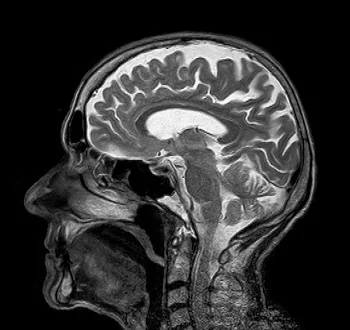Chronic Traumatic Encephalopathy Without Concussion
I’m Ed Smith, a Sacramento brain injury lawyer. A new report has linked the beginning of chronic traumatic encephalopathy to repeated blows to the head with or without concussion. This research sheds light on the origin of CTE and will be instrumental in identifying and preventing it in the future.
Study Reveals Brain Damage After Injury
A rare glimpse into the brain after head trauma allowed scientists at Boston University, Harvard, the Cleveland Clinic, Ben-Gurion University and Oxford to make the connection. They were given the opportunity to analyze the brains of four teenagers who experienced head injury and died shortly afterward of another cause. The researchers found levels of tau consistent with early CTE and concluded that concussion was unnecessary to begin CTE development.
After inflicting head injury on mice, they compared the rodent brains to the damage they saw in the brains of the teenagers and found the same pathology. The study’s lead author said that this explains why about one in five athletes with CTE had no history of concussion.
What Is CTE?
CTE is a neurodegenerative disease of the brain. It is due to head trauma and is found in many athletes and military veterans. Tau is a protein found in the normal brain, which exists abnormally in CTE patients. The tau protein builds up around minute brain blood vessels. This leads to brain cell death. Symptoms of CTE are:
- Anxiety
- Apathy
- Memory loss
- Depression
- Lack of impulse control
- Aggression
- Suicidal impulses
- Dementia
Concussion in CTE
While the new report stresses that CTE can happen independently of concussion, the importance of concussion is not eliminated. Symptoms of concussion such as loss of balance, memory loss, coordination difficulties, headaches and difficulty thinking are an important part of injury to the brain. Post concussion symptoms include headaches, exercise-induced nausea and even sleep walking.
First Case of CTE in a Professional Football Player
An early CTE case involved Mike Webster, a Steelers center, who played in 150 games and four Super Bowls. He was nicknamed Iron Mike and was known as a hard hitter. Webster played football for 27 years, retiring in 1991, and was never known to have suffered a concussion. At the end of his life, he lost everything he had and his marriage fell apart. He spent his nights in a public bus station or a pickup truck. He died at 50 in 2002. As part of an autopsy, his brain was analyzed and showed signs of CTE, making him the first player from the NFL to be diagnosed with CTE. At the time of his death, he suffered from dementia and amnesia.
Changes in Contact Sports
Some changes have been made to protect pro players. The NFL players association nixed a proposal to expand the number of games played each season. Some groups have advocated for more restrictions for primary school age football players. The reasoning for the latter is that the more head impacts a person suffers over a lifetime, the greater the chance that CTE will develop. Some high-ranking CTE researchers believe that football should not be played until secondary school.
Questions Remain
Our understanding of CTE is limited due to the way it is definitively diagnosed after death. There is promise of new types of blood tests such as those using a marker called neurofilament light. Some questions remain since many NFL players lack a diagnosis of CTE after retirement nor have symptoms of the disease. Also, there have been no conclusive studies of the incidence of CTE in the general population. Some researchers have postulated that genetic and lifestyle factors may be involved in addition to the head injuries. At the other extreme, it may be possible that varying degrees of CTE exist more broadly in the general population due to head injuries in falls and car or truck accidents.
Sacramento Brain Injury Attorney
I’m Ed Smith, a Sacramento brain injury lawyer. Head injuries are common, particularly in car accidents and among older individuals related to falls. Financial issues can be devastating to a family. If you have suffered a head injury or it happened to a member of your family, you need the help of an injury lawyer. Call my office at (916) 921-6400 or use my toll free number, (800) 404-5400 anytime for friendly and free advice. You can also contact me online.
I’ve helped residents of Sacramento and the surrounding areas of Northern California with traumatic brain injuries since 1982. I’ve also assisted in car and truck accidents as well as wrongful deaths.
You can see how I resolved other cases on my settlements and verdicts page. I’ve won million dollar judgments for clients and have been inducted into the million dollar advocates because of it.
Check on what clients have to say about my practice on Avvo, Yelp and Google.
I started AutoAccident.com, my website, to provide a comprehensive source of information on personal injury law.
Photo Attribution: https://pixabay.com/en/mri-magnetic-x-ray-skull-head-782459/
:cd [cs 849] cv

